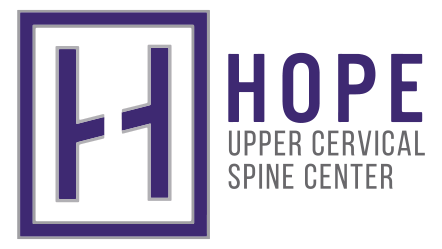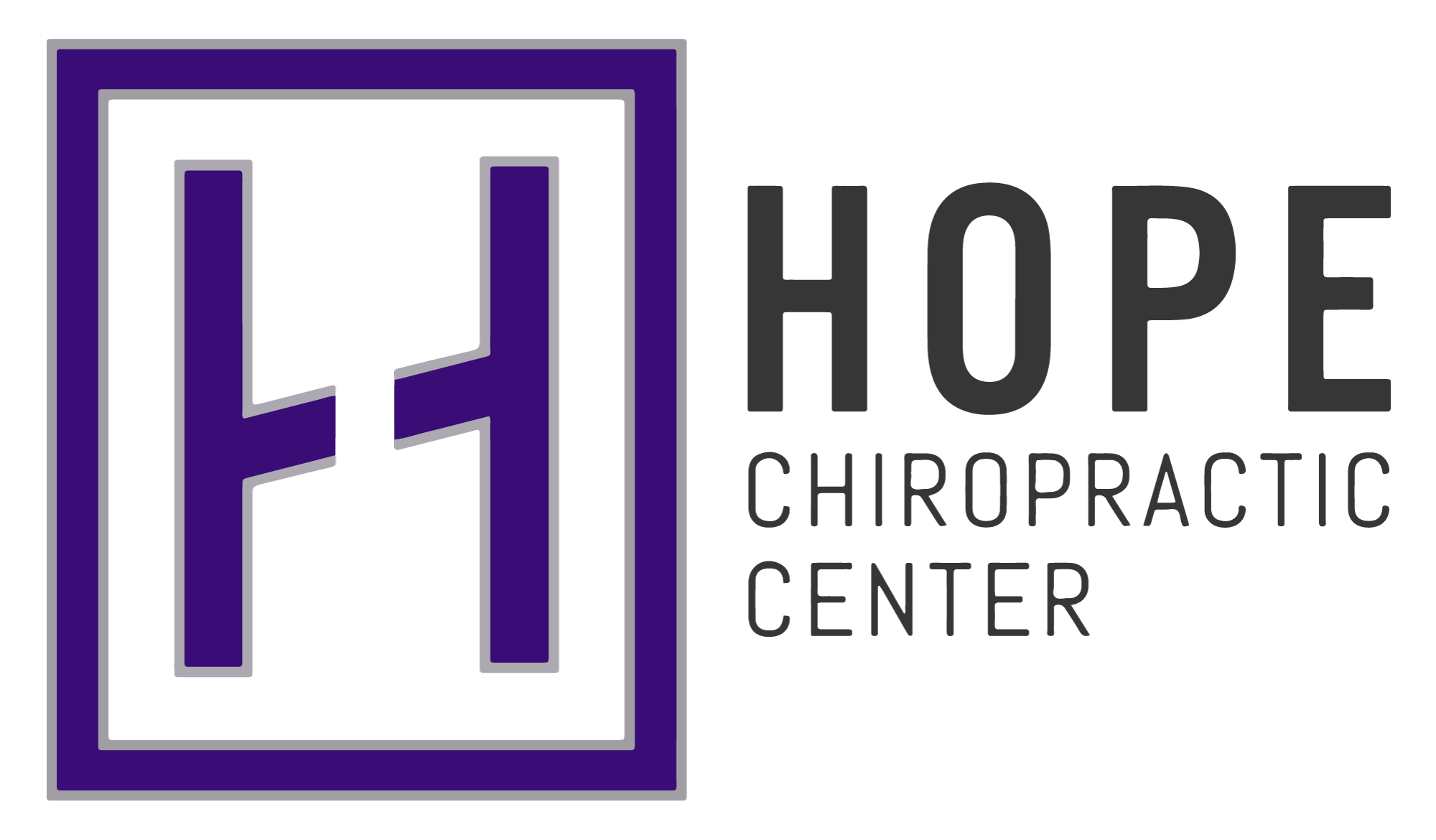
Upper cervical chiropractic care is a unique and highly specialized form of chiropractic treatment that focuses on the alignment of the top two vertebrae of the spine, the atlas (C1) and axis (C2). These vertebrae play a crucial role in supporting the head and facilitating proper nervous system function.
Upper cervical adjustments are gentle, precise, and scientifically grounded, targeting the root of various health issues rather than just treating symptoms. Dr. Joey Kramer of Hope Chiropractic in Southlake, Texas, provides an in-depth look into the science behind upper cervical chiropractic adjustments, offering this expertise to residents of Southlake, Grapevine, Colleyville, Westlake, and Trophy Club.
Understanding Upper Cervical Chiropractic Care
Upper cervical chiropractic care is distinct from traditional chiropractic methods in its focused approach:
- Focus on the Atlas and Axis: The atlas and axis vertebrae, located at the top of the spine, are responsible for supporting the skull and allowing a range of head movements. Due to their position, they also play a crucial role in protecting the brainstem, which is essential for overall nervous system function.
- Gentle, Non-Invasive Adjustments: Unlike traditional chiropractic techniques that may involve twisting or popping movements, upper cervical adjustments are gentle and specific, targeting misalignments with precision to promote healing and restore alignment.
- The Atlas Subluxation Complex: Misalignments in the atlas vertebra are known as the atlas subluxation complex, which can lead to nervous system interference and contribute to a range of health issues, from migraines and vertigo to high blood pressure and back pain.
The Science Behind Upper Cervical Adjustments

The benefits of upper cervical chiropractic adjustments are backed by scientific principles rooted in anatomy, neurology, and biomechanics:
- Brainstem Function: The atlas and axis vertebrae are located at the base of the skull, where the brainstem connects with the spinal cord. The brainstem controls many of the body’s automatic functions, such as heart rate, breathing, and blood pressure. Misalignments in the upper cervical spine can put pressure on the brainstem, leading to nervous system interference.
- Cerebrospinal Fluid Flow: Studies have shown that misalignments in the upper cervical spine can impede the flow of cerebrospinal fluid (CSF), which is responsible for delivering nutrients to and removing waste from the brain. Restricted CSF flow may contribute to neurological issues and even exacerbate conditions such as migraines or multiple sclerosis.
- Blood Flow to the Brain: The vertebral arteries, which run along the cervical spine, supply blood to the brain. Misalignments in the upper cervical region can restrict blood flow, potentially leading to symptoms such as dizziness, brain fog, or even headaches. Correcting these misalignments can improve blood circulation to the brain.
- Nerve Communication: The nervous system relies on clear communication pathways between the brain and body. Upper cervical misalignments can cause interference in these pathways, impacting how the body regulates and coordinates vital functions. Restoring alignment supports optimal nervous system function and enhances the body’s natural healing abilities.
The Benefits of Upper Cervical Adjustments
- Enhanced Nervous System Function: By reducing interference with the brainstem, upper cervical adjustments help the nervous system function optimally, improving overall health and wellness.
- Improved Circulation: Correcting misalignments can improve blood flow and CSF flow, ensuring that the brain and body receive essential nutrients and oxygen.
- Pain Relief: Many patients experience relief from headaches, neck pain, and other chronic conditions after upper cervical adjustments due to the reduction of nervous system interference.
- Reduced Stress and Tension: Misalignments in the upper cervical spine can contribute to physical and emotional stress. Restoring proper alignment can help alleviate tension, promoting relaxation and reducing stress.
- Long-Term Wellness: Upper cervical chiropractic care focuses on preventing issues before they arise by maintaining spinal alignment, which supports long-term health and wellness.
How Upper Cervical Adjustments Are Performed
Upper cervical chiropractors use precise diagnostic tools and techniques to assess and correct misalignments:
- Advanced Imaging: To ensure accuracy, upper cervical chiropractors often use advanced imaging techniques such as digital X-rays or cone-beam computed tomography (CBCT) scans. These images allow the chiropractor to see the exact position of the atlas and axis vertebrae and determine the degree of misalignment.
- Customized Adjustments: Upper cervical adjustments are highly individualized based on each patient’s unique anatomy and alignment issues. This targeted approach means that adjustments are gentle, precise, and tailored to the patient’s needs.
- No Forceful Movements: Unlike traditional chiropractic adjustments, upper cervical care does not involve twisting, popping, or cracking. Instead, the chiropractor uses a gentle and controlled force to make the adjustment, ensuring that it is comfortable for the patient.
Hope Chiropractic: Your Partner in Precision Health
At Hope Chiropractic, Dr. Joey Kramer and his team are dedicated to providing high-quality upper cervical care that is rooted in science and designed to promote optimal health. By focusing on the alignment of the upper cervical spine, we aim to support the nervous system, improve blood flow, reduce pain, and enhance the body’s natural healing processes.
If you’re looking to address health concerns holistically or want to support your overall wellness, consider the benefits of upper cervical chiropractic care.
Contact Dr. Joey Kramer at Hope Chiropractic, serving Southlake, Grapevine, Colleyville, Westlake, and Trophy Club, to discover how our specialized, science-backed approach can help you achieve lasting health and well-being.
Medical Disclaimer
This article is for informational purposes only and is not intended as a substitute for professional medical advice, diagnosis, or treatment. Always seek the advice of your physician or other qualified healthcare provider with any questions you may have regarding a medical condition.
Never disregard professional medical advice or delay in seeking it because of something you have read here.




